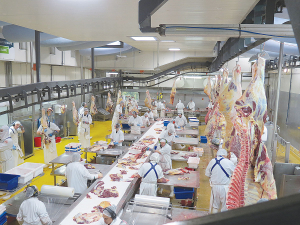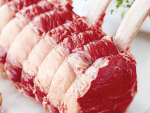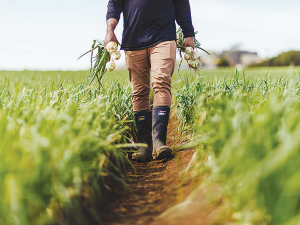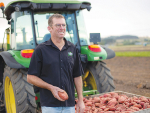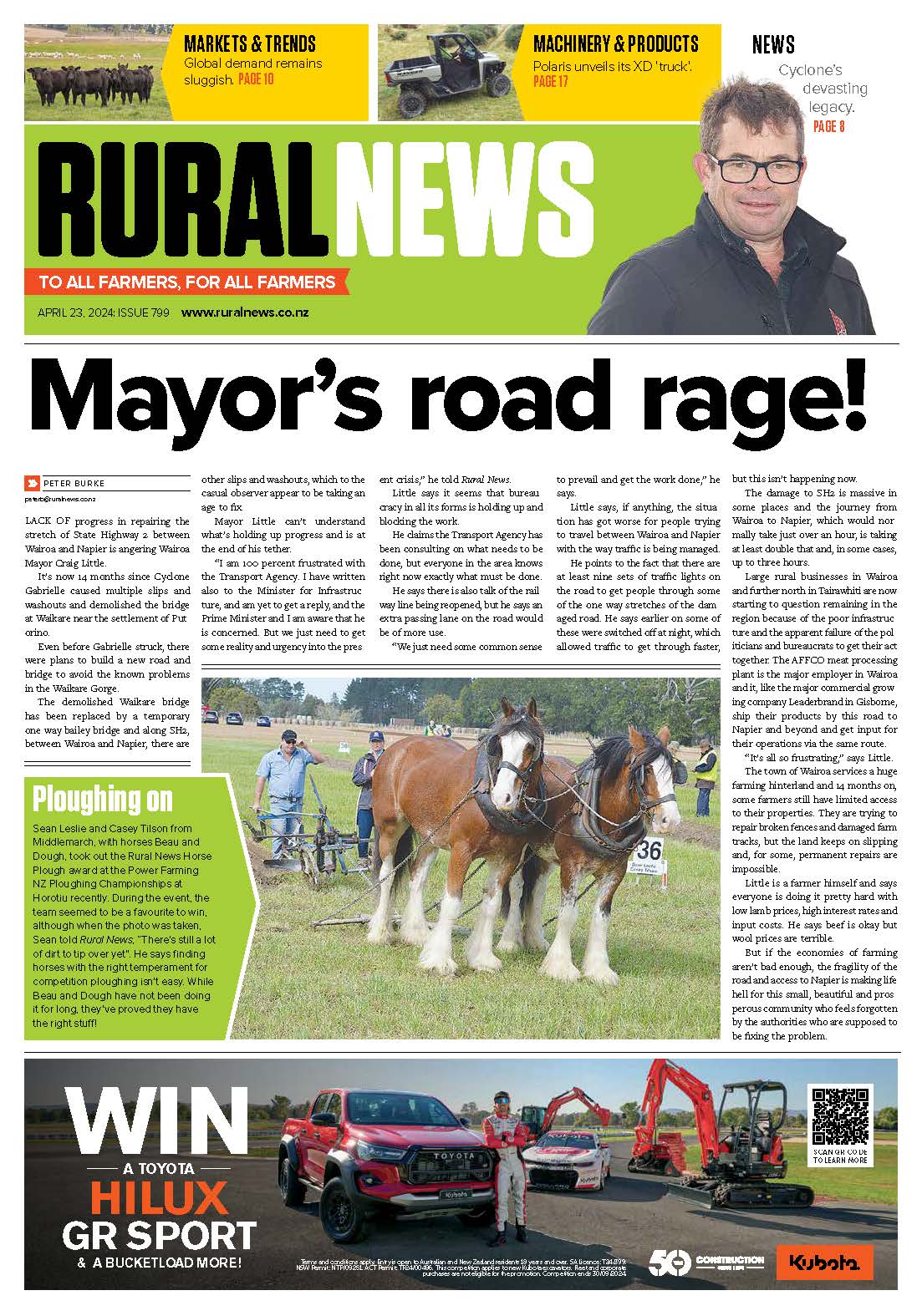New Zealand milk production is shaping up for another below-average peak this season. Milk flows for the first three months of the 2023/24 season show production is almost 2% behind on a tonnage basis, driven by lower North Island collections.
China’s dairy demand recovery has not, to date, offset strong domestic milk production growth. RaboResearch anticipate milk supply growth will slow over the remainder of this year and into next, but a complete market rebalance is still a while off.
Slowing global milk production will eventually match the tepid demand growth noted in most regions, preventing further price declines.
Beef
The North Island bull price continued tracking in line with historical averages for September 2023, with a slight lift above the five-year average emerging by the end of the month.
Prices rose from NZ$5.80/kg cwt in late August 2023 to NZ$6.00/kg cwt by late September 2023, in line with the normal price movements at this time of year.
Bull production is down 5% for the seasonto- date (through early September 2023). Cow slaughter is up 4%, with a noticeable 10% increase in South Island cow slaughter, season-to-date.
Heifer slaughter is also higher by 2%, while steer slaughter remains steady.
Sheepmeat
With ongoing high volumes of Australian lambs in the global market and continued soft demand, prices are expected to continue moving sideways.
South Island lamb prices continued to track sideways through September 2023 at NZ$6.90/ kg cwt. North Island prices saw a slight tick up later in the month to shift the needle back to NZ$7.00/kg cwt – up from NZ$6.95/kg cwt.
China remains our top market, demanding 50% of total New Zealand exports in August, just 3% lower than this time last year.
However, the value of shipments to China plummeted by 25% YOY – proving the impact of this price-setting market. Demand from other key markets remains stronger than this time last year, with respective exports to the US and the UK both significantly higher year-onyear for volume (+28% and +50%) and value (+22% and +20%).
Farm Inputs
As expected, the fertiliser price hike in August was just a price correction within a bigger adjustment of global supply and demand. Month-over-month, the Middle East reference for urea dropped 2.5%, Morocco DAP showed a positive 4.5%, and Canadian potash was virtually steady.
The downside for farm inputs is coming from stronger petroleum prices and a weaker Australian dollar.
The agrochemical front is mirroring the fertiliser market but with a substantial lag. Comparing a basket of herbicides, fungicides, and insecticides, Chinese prices dropped by 30% YOY. This already can be seen at the farmgate level, especially for more in-demand products like glyphosate.
The good news is that there is more to come on the consumer level, and next season should have a much better cost structure, at least for fertilisers and agrochemicals.
Interest and Exchange Rates
The New Zealand dollar ended September a little over USc 59.5, which is pretty much where it began.
The currency had a monthly trading range of USc 1.5 that saw a low of NZ$/US$ 0.5850 early in the month and a relief rally to finish.
September did bring some good news for the economy. The Q2 national accounts released on 21 September showed that growth for the quarter dramatically exceeded expectations, coming in at 0.9% versus a consensus forecast of 0.4%.
What’s more, the negative result for Q1 was revised up to zero and the -0.7% recorded in Q4 of last year was revised up to -0.5%.
Faster-than-expected growth can be a doubleedged sword, though. The strong GDP figures, in combination with the weak currency and rising energy prices around the world, have seen the implied probability of further increases in the OCR. That means that markets have now fully priced in another lift in the OCR. Although the RBNZ chose to leave rates unchanged in October.
Futures markets recording a higher probability of rate hikes doesn’t necessarily mean that those hikes will eventuate (we have not changed our forecast that 5.5% is the top of the cycle), but it does suggest that the risk is increasing.





